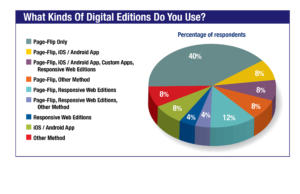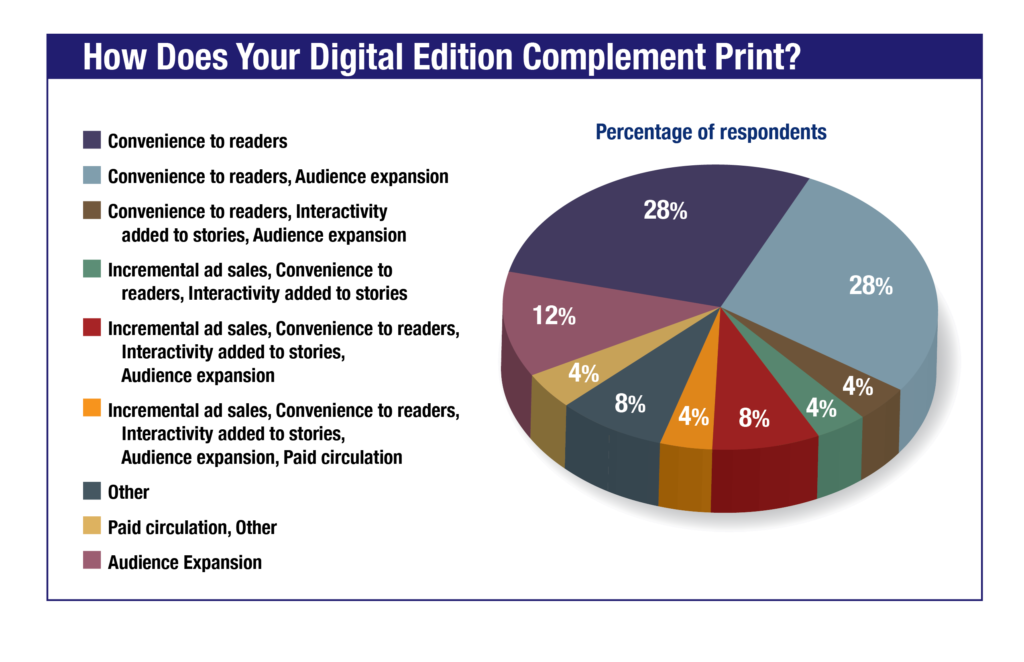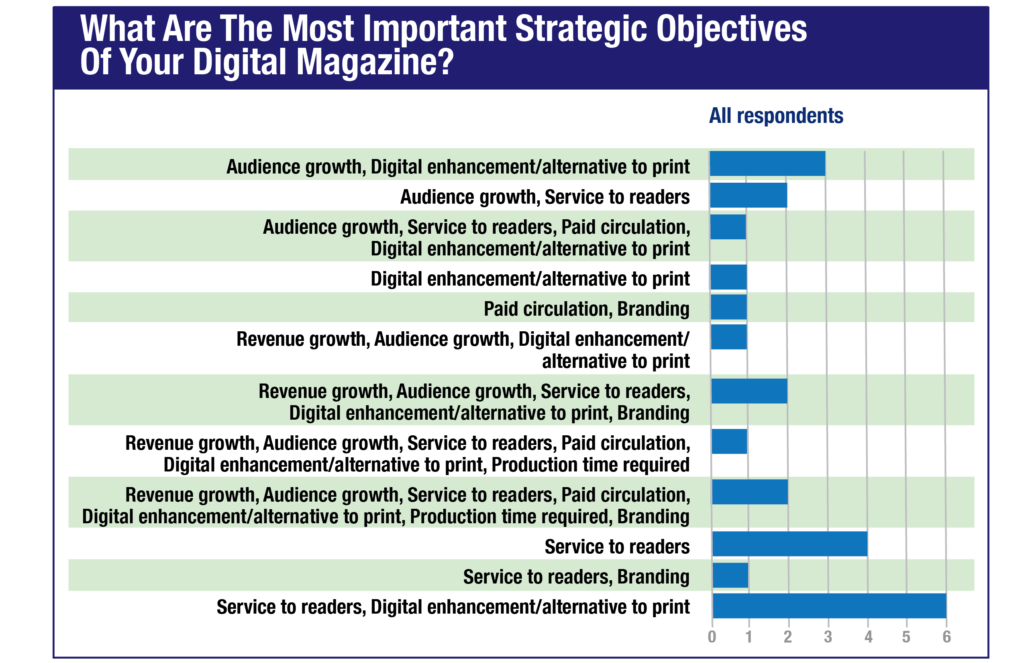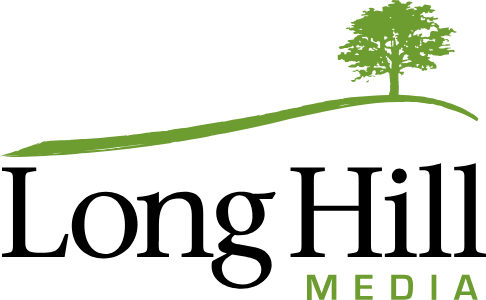The flip-page digital magazine is still very common in the magazine industry, but a new survey indicates that half of all publishers use them in conjunction with some other digital-publishing solution, such as an app or a responsive web solution. The primary reason they include digital editions as part of their product mix, according to the survey, is that they see them as an enhancement for readers or as a strategy for audience growth.
The survey, conducted in August and September, was sponsored by the digital-edition provider Vertiqul and included 25 publishers, most of them smaller enthusiast and regional publishers. One of them is a Vertiqul customer. The full results are here.
The findings confirm several common perceptions about digital magazines. First, the results suggest that flipbooks are still widely used throughout the magazine industry. The results reveal why publishers have digital magazines in their product lineups: They’re seen as a service to readers, they can expand the audience, and they might produce some incremental ad revenue.

User experience and interactivity are seen as less important, though the responses here were ambiguous. In a question about how digital magazines complement print, only one publisher out of the 25 respondents mentioned UX as a reason for having a digital edition. But in a question that asked for verbatim comments on how to improve digital editions, seven of 17 responses referred in various ways to better design and interactivity.
“The overall design is currently flat, and not dynamic enough,” was one representative comment. “Our designers are working on the problem now.”
Another was, “I would love to see a better transition between print and online.”

These remarks notwithstanding, a surprising finding is that the publishers in this survey are largely satisfied with their product. Asked to rank their satisfaction on a scale of one to five, with five being the most satisfied, 21 out of 25 respondents rated their digital edition at the average grade of three, or higher in a variety of categories. For design, desktop and mobile functionality, advertiser satisfaction and overall product satisfaction, the ratings consistently weighed most heavily in the middle, but many more respondents selected the above average ratings than below average.
To the question of digital-magazine utility, 17 respondents answered that their digital editions are intended to be an audience service, or expand their audience, or both. Only four respondents cited incremental ad sales as an objective for their digital magazine, and only one said it is a strategy to grow paid circulation.
Perhaps the most noteworthy finding was the extent to which publishers use a flip edition in conjunction with some other digital tool. A common complaint about replica editions has always been that they’re a closed ecosystem, with little connectivity to other platforms. But 11 out of the 25 respondents said they use their digital edition with various other app or app-like solutions, including Android or iOS apps and responsive web designs. “It turns out that lots of people still use print replica editions in addition to other formats, Vertiqul among them,” notes Vertiqul President David Blankenship. “The digital edition should never be a dead-end format. Instead, it should serve as an “anchor” platform, with print and website as complementary offshoots.”

Indeed, one respondent said it’s a priority to upgrade to responsive mobile editions and improve user experience. “The digital replica flipbooks have been relatively inexpensive to publishers, but in my opinion have turned readers off to digital due to the poor mobile user experience,” the respondent said.
Even with the average/above average ratings for many respondents, Blankenship argues that that’s not good enough. “Shouldn’t the experience be nothing short of awesome for your own magazines,” he says. “Isn’t a better solution one that can check off all the important functions and not just be average or good in one or two dimensions?”
To schedule a conversation with David Blankenship about your digital product lineup, and how to enhance your print and digital presence, click here.
To view the full survey results, click here.

